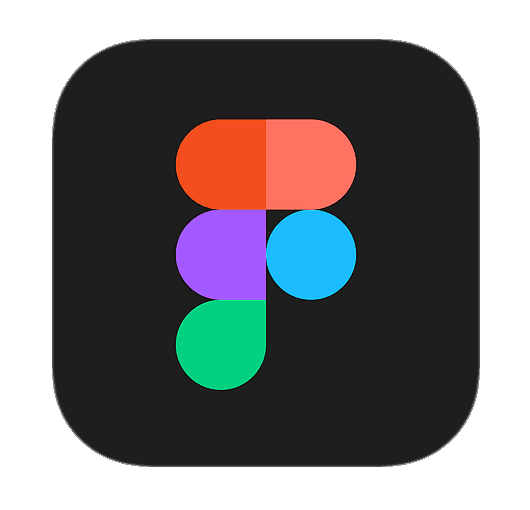Project Description
A redesign of Ooredoo Qatar’s enterprise fleet management platform, built to serve sales teams, partners, and OpCos. I transformed a rigid, barely usable, developer-made interface into a more usable, intuitive experience with improved navigation, leading to strong stakeholder buy-in and boosting adoption potential.
Role
UI/UX Designer
Responsibilities
User Interface Design, User Experience Design, High Fidelity Designs and Prototyping
Timeline
Jun 2024 - Nov 2024
Tool Stack

Figma
Overview
Ooredoo Qatar, in collaboration with their web development agency, was building an enterprise-level web application focused on fleet management within the Telecoms/IoT space. The platform was designed to serve a wide ecosystem of users, from internal Sales Managers to external Partners (like GPS and connectivity OEMs), and regional OpCos.
The application offered a robust suite of tools for creating and managing complex product offerings that combined hardware, software, and services for end customers such as transport, logistics companies and airlines.
The Challenge
Before I was brought in, the interface had been designed solely by developers at the agency, with little to no consideration for usability, brand alignment, or user experience. The result was a clunky, confusing and barely usable system that was on the path to failure. The application at that point failed to reflect Ooredoo’s brand quality or meet the specific needs of its users. Navigation was especially problematic when managing multi-level hierarchies, and the platform was an adaptation of the agency’s all-in-one tool, rather than a bespoke solution for Ooredoo. This led to usability concerns from internal stakeholders, who feared low adoption rates among partners and OpCos.
My Role
I was contracted to revamp the user interface and, by extension, improve the user experience. I began by creating a scalable design system that would support the platform’s complexity while ensuring visual consistency and modern aesthetics. I restructured the navigation system to handle deep hierarchies more intuitively and introduced more thoughtful layouts and modern components to better serve the needs of different user types across modules.
In progress




